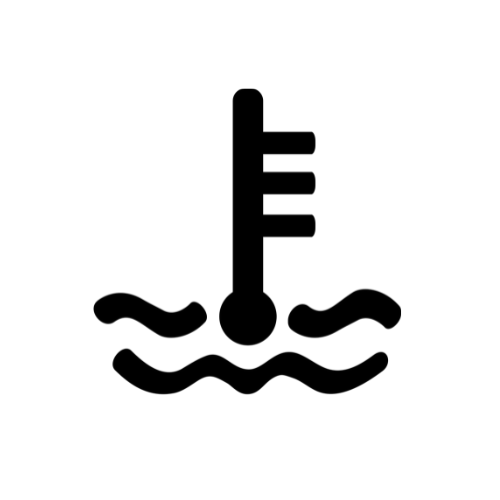How to Clean Coolant Spill on Engine: Quick & Safe Tips
To clean a coolant spill on the engine, use a clean cloth to soak up the spill, then apply a mixture of water and mild detergent to the affected area and scrub gently. Introduction To Coolant Spills Discover effective ways to clean coolant spills on your engine. Swiftly tackle spills with absorbent materials and proper…
